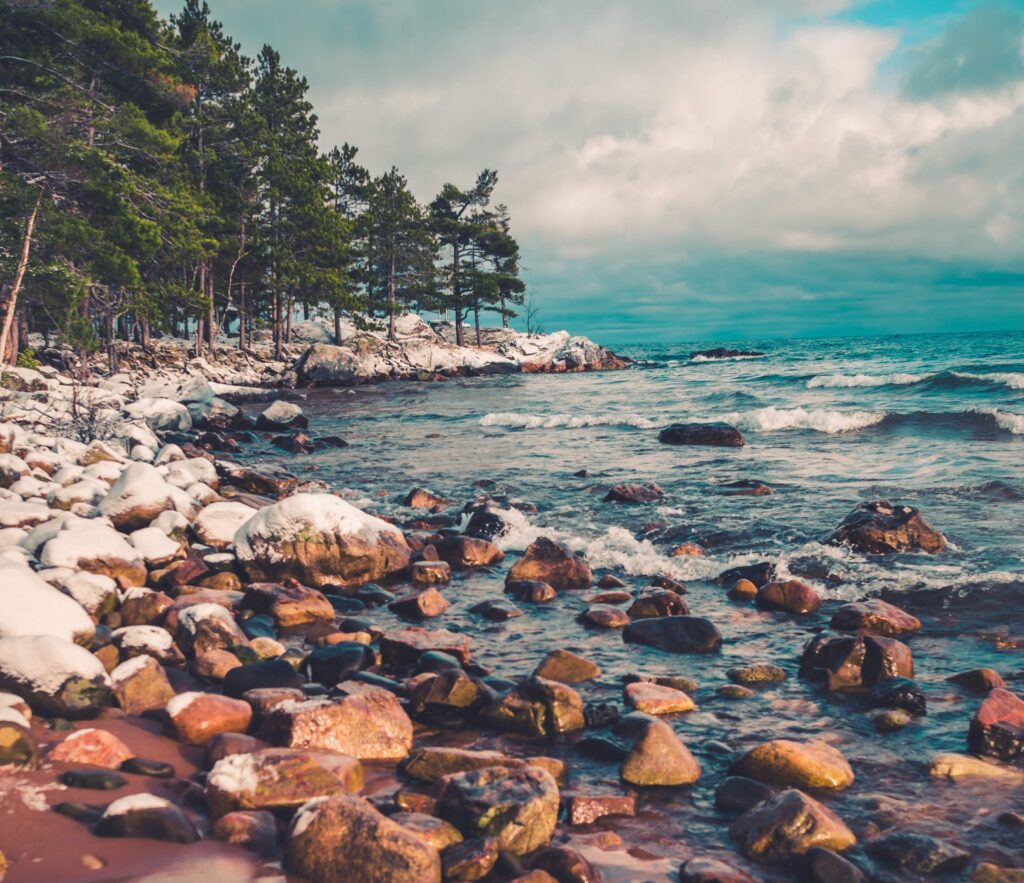
Freshwater Future Weekly: February 17, 2023
Ohio Train Derailment Response Lacking to Protect Public Health
As train cars full of toxic chemicals were intentionally burned due to the train derailment in East Palestine, Ohio, health risks are still unclear for residents of East Palestine as well as downstream communities. Jill Ryan, Executive Director of Freshwater Future stated, “This accident points to the urgency for changing how we regulate the transport of toxic materials and petroleum products on, over and around our precious water resources. Our valuable waters, such as the Ohio River and the Great Lakes, must be better protected from the threats to the safety of our drinking water from transporting hazardous chemicals.” Read the full blog post to learn more about the issue and find resources.
Thank You for Speaking Out on Proposed Michigan Camp Grayling Expansion
Over 200 people submitted comments through Freshwater Future’s online action link opposing the expansion of Camp Grayling. Thank you for using your voice and sharing with friends and family. Opposition to the proposed expansion from local governments is mounting. While the DNR does not have a date listed for the decision on Camp Grayling, we expect it to come late this year. We will keep you posted with any developments.
Freshwater Future Heroes Award Ceremony – Join Us for the Online Celebration
On March 21st, 2023 from 12-1 PM EST, we will host our Freshwater Future Heroes Award Ceremony, a virtual event honoring the people, organizations and communities throughout the Great Lakes Region who are committed to protecting our earth’s precious freshwater resources. Register for the event here!
Update – Great Lakes Ice Coverage at Historic Lows
Recent NOAA reports indicate that the average ice coverage across the Great Lakes is currently hovering around 7% – far below the mid-February average of 40% ice levels on the lakes. While research indicates a long-term trend of less ice on the Great Lakes, the fluctuations we’ve seen from year-to-year indicate that climate change is driving this long-term trend and contributing to extreme weather events. Read more about how ice coverage has a dramatic impact on weather patterns.